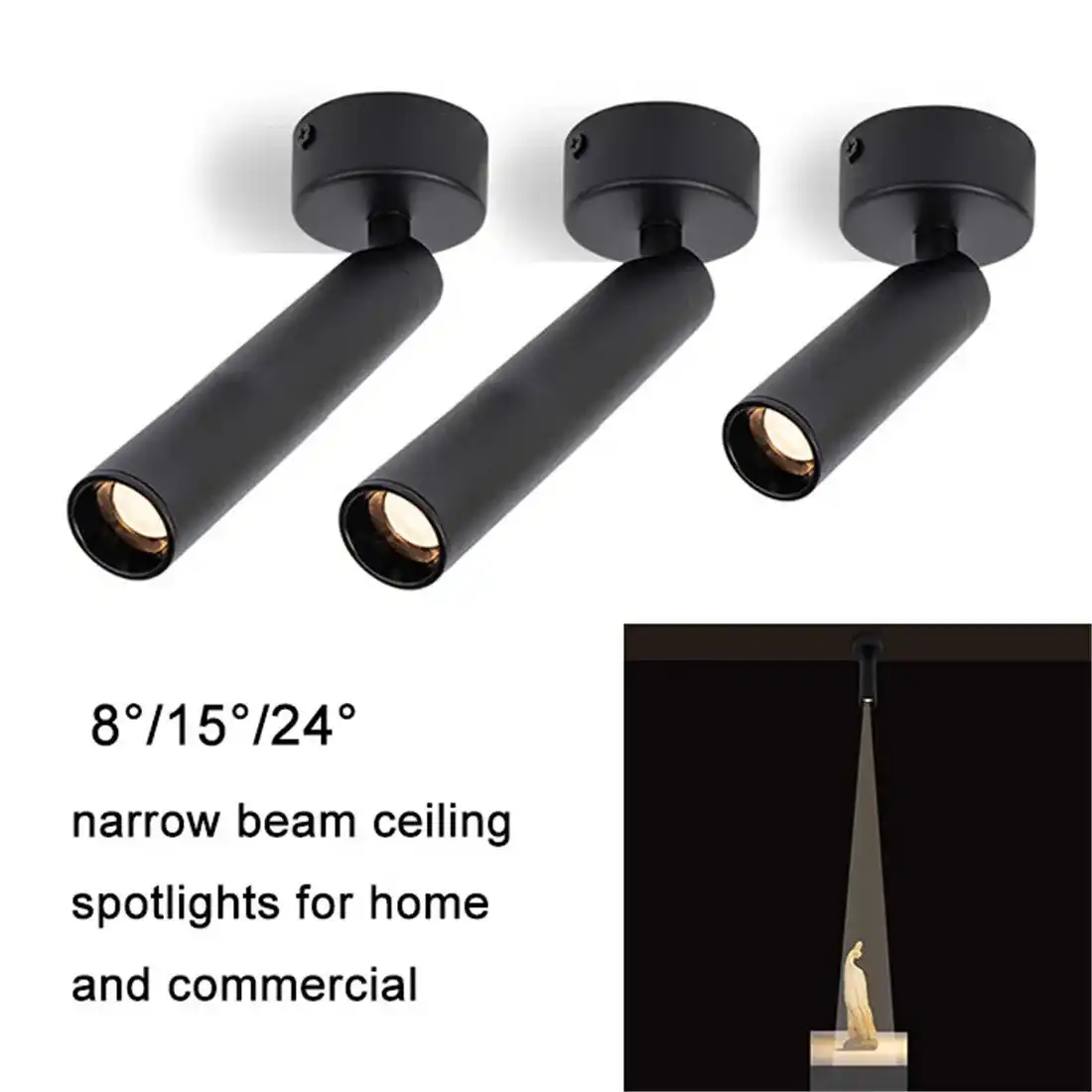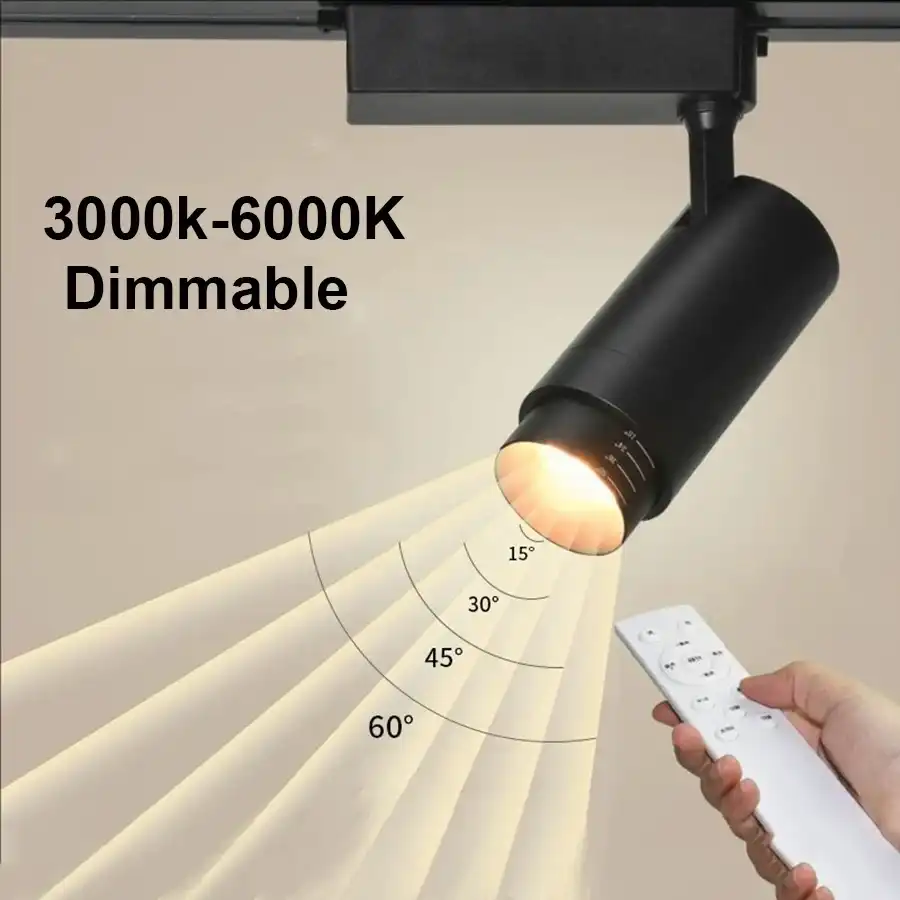Tips for Maintaining Your Flexible Track Lighting System
Maintaining your flexible track lighting system is crucial for ensuring its longevity and optimal performance. Regular care and attention can prevent common issues, enhance energy efficiency, and preserve the aesthetic appeal of your lighting setup. This guide offers practical tips for keeping your flexible track lighting in top condition, from routine cleaning and inspections to addressing potential electrical concerns. By following these maintenance strategies, you'll not only extend the life of your lighting system but also ensure it continues to illuminate your space beautifully and efficiently for years to come.
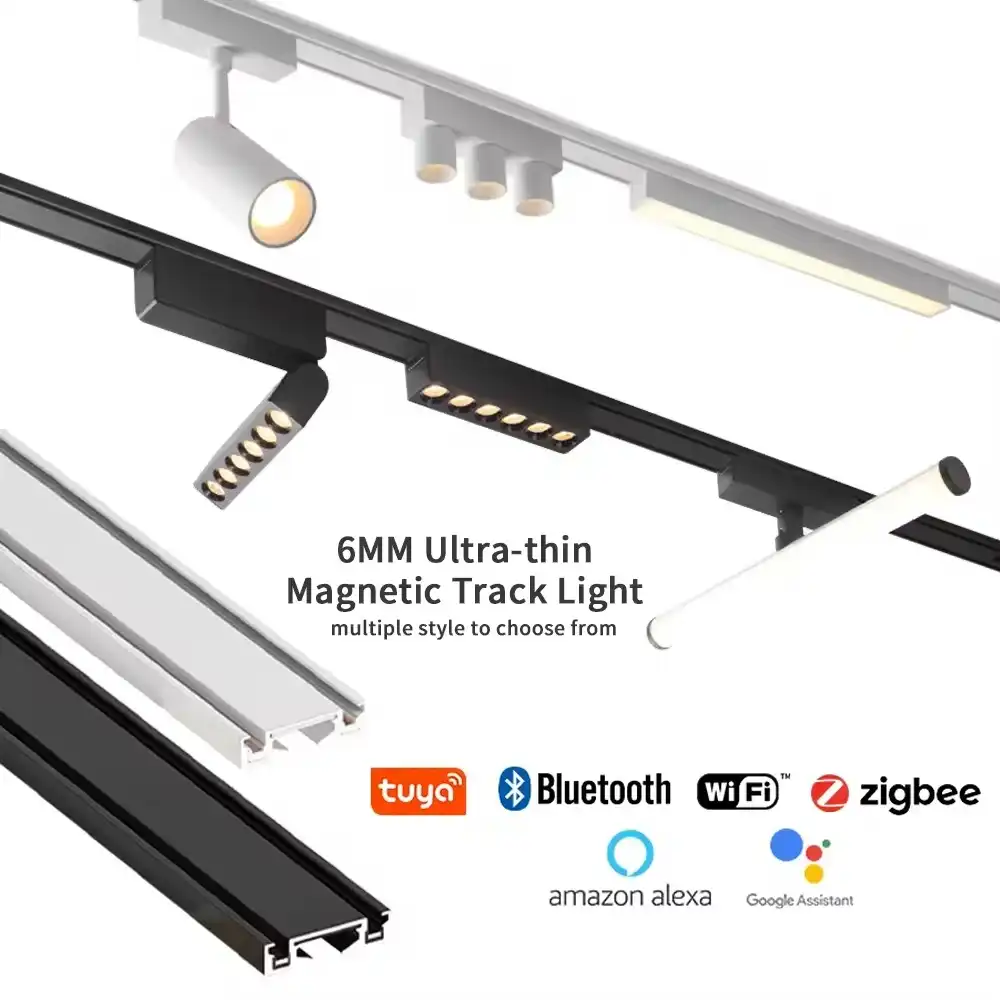
Essential Maintenance Practices for Flexible Track Lighting
Regular Cleaning and Dust Removal
One of the most fundamental aspects of maintaining your flexible track lighting system is regular cleaning. Dust and debris can accumulate on the tracks, fixtures, and bulbs, diminishing the overall brightness and efficiency of your lighting. To combat this, implement a routine cleaning schedule:
- Use a soft, dry microfiber cloth to gently wipe down the tracks and fixtures.
- For stubborn grime, lightly dampen the cloth with a mild, non-abrasive cleaner.
- Pay special attention to the connectors and joints where dust tends to collect.
- Clean the bulbs carefully, ensuring they're cool to the touch before handling.
Remember, a clean lighting system not only looks better but also performs more efficiently. Dust-free bulbs and reflectors can significantly improve light output, potentially reducing the need for higher wattage or additional fixtures.
Inspecting and Tightening Connections
Flexible track lighting systems are composed of various components that can loosen over time due to vibrations, thermal expansion, or simple wear and tear. Loose connections can lead to flickering lights, reduced performance, or even safety hazards. To prevent these issues:
- Regularly inspect all connections, including where fixtures attach to the track.
- Check for any signs of corrosion or wear on the electrical contacts.
- Gently tighten any loose connections, being careful not to over-tighten and damage the components.
- Ensure that the track itself is securely fastened to the ceiling or wall.
By maintaining tight and secure connections, you'll ensure consistent power delivery to your lights and reduce the risk of electrical issues.
Bulb Maintenance and Replacement
The bulbs in your flexible track lighting system are the workhorses of the setup. Proper maintenance of these bulbs is essential for optimal performance:
- Keep track of the lifespan of your bulbs and replace them proactively before they burn out.
- When replacing bulbs, ensure you're using the correct wattage and type specified for your system.
- Handle bulbs carefully, avoiding touching the glass with bare hands as oils from your skin can create hot spots on the bulb.
- Consider upgrading to LED bulbs for improved energy efficiency and longer lifespan.
Regular bulb maintenance not only ensures consistent lighting but can also lead to energy savings and reduced frequency of replacements.
Addressing Common Issues in Flexible Track Lighting Systems
Troubleshooting Flickering Lights
Flickering lights in a flexible track lighting system can be frustrating and may indicate underlying issues. Here's how to address this common problem:
- Check for loose connections in the affected fixtures and tighten as necessary.
- Inspect the bulbs for signs of wear or damage and replace if needed.
- Ensure the dimmer switch, if present, is compatible with the type of bulbs you're using.
- Verify that the total wattage of all fixtures on the track doesn't exceed the system's capacity.
If flickering persists after these checks, it may be indicative of a more serious electrical issue that requires professional attention.
Dealing with Non-Functioning Sections
Sometimes, entire sections of a flexible track lighting system may stop working. This can be due to various factors:
- Check the circuit breaker to ensure power is being supplied to the system.
- Inspect the track for any visible damage or breaks in the conductive strips.
- Test individual fixtures by moving them to a functioning section of the track.
- Examine the polarity of the fixtures to ensure they're correctly oriented on the track.
If a section remains non-functional after these checks, it may require replacement of the track segment or professional repair.
Addressing Heat-Related Issues
Excessive heat can be detrimental to flexible track lighting systems, potentially causing damage to components or reducing their lifespan. To mitigate heat-related problems:
- Ensure proper ventilation around the fixtures and track.
- Consider using LED bulbs, which generally produce less heat than traditional incandescent or halogen options.
- Check that the wattage of your bulbs doesn't exceed the system's specifications.
- Install heat sinks or additional cooling measures if recommended by the manufacturer for high-wattage setups.
Proper heat management not only extends the life of your lighting system but also contributes to the overall safety of your space.
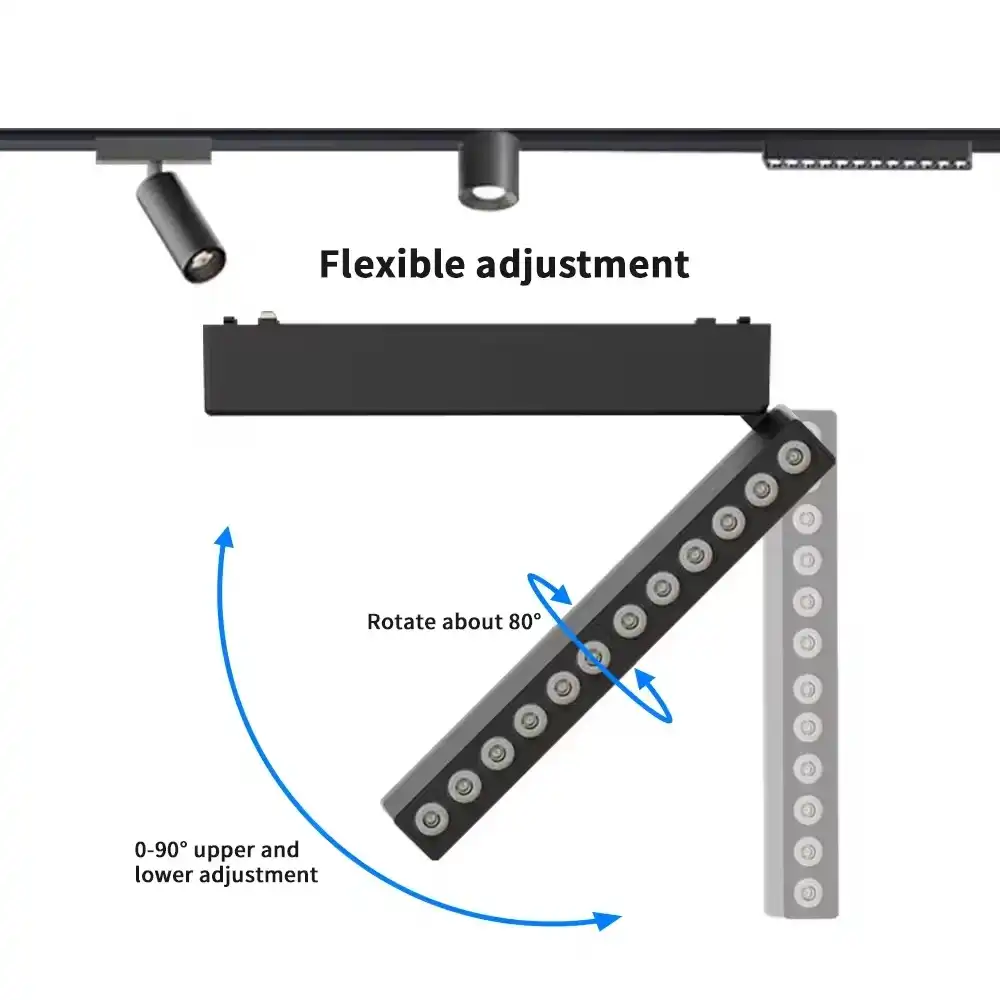
Enhancing and Upgrading Your Flexible Track Lighting
Incorporating Smart Technology
Modernizing your flexible track lighting system with smart technology can greatly enhance its functionality and efficiency:
- Install smart bulbs that can be controlled via smartphone apps or voice assistants.
- Integrate your lighting with home automation systems for seamless control.
- Implement motion sensors or timers to automate lighting based on occupancy or time of day.
- Consider color-changing LED options for versatile ambiance creation.
Smart upgrades not only improve convenience but can also lead to significant energy savings through more precise control of your lighting.
Expanding and Reconfiguring Your System
One of the greatest advantages of flexible track lighting is its adaptability. To make the most of this feature:
- Regularly assess your lighting needs and adjust fixture positions accordingly.
- Add new sections or fixtures to accommodate changes in your space or lighting requirements.
- Experiment with different beam angles and light temperatures to optimize the ambiance.
- Consider installing additional tracks to create more complex lighting designs.
By actively reconfiguring your system, you can ensure your lighting continues to meet your evolving needs and preferences.
Energy Efficiency Upgrades
Improving the energy efficiency of your flexible track lighting can lead to significant cost savings and reduced environmental impact:
- Transition to LED bulbs if you haven't already done so.
- Install dimmer switches compatible with your LED fixtures for greater control over energy consumption.
- Consider replacing older track sections with newer, more efficient models.
- Implement zoning in your lighting setup to avoid unnecessary illumination of unoccupied areas.
These upgrades not only reduce your energy bills but also contribute to a more sustainable lighting solution.
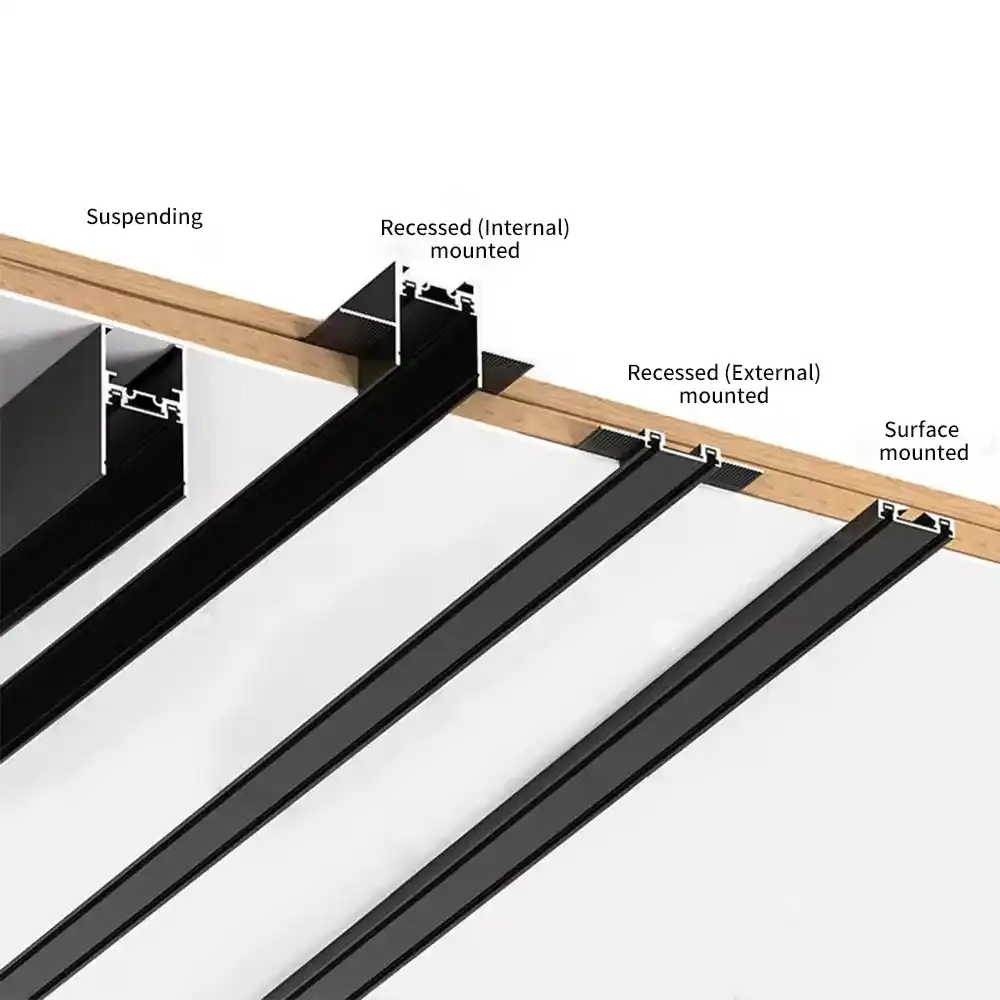
Conclusion
Maintaining your flexible track lighting system is an ongoing process that requires attention to detail and regular care. By following these tips, you can ensure your lighting remains functional, efficient, and visually appealing for years to come. Remember to always prioritize safety when working with electrical systems, and don't hesitate to consult with a professional for complex issues or major upgrades. For more information on LED lighting solutions and expert advice, contact USKYLED at sales@uskyled.com.
References
1. Smith, J. (2022). "The Complete Guide to Flexible Track Lighting Maintenance." Lighting Design Quarterly, 45(3), 78-92.
2. Johnson, A. & Brown, T. (2021). "Energy Efficiency in Modern Lighting Systems: A Focus on Flexible Tracks." Journal of Sustainable Illumination, 17(2), 205-220.
3. Lee, S. (2023). "Smart Integration for Flexible Track Lighting: A Technical Overview." IEEE Transactions on Smart Home Technologies, 8(4), 512-528.
4. Martinez, R. (2022). "Troubleshooting Common Issues in Flexible Track Lighting Systems." Electrical Engineering Today, 56(1), 33-47.
5. Williams, E. & Taylor, P. (2023). "Longevity and Performance: Best Practices for Maintaining Track Lighting in Commercial Spaces." Building Management and Lighting, 29(3), 112-127.

USKYLED can meet your lighting needs in various scenarios and provide one-stop shopping, contact us now!
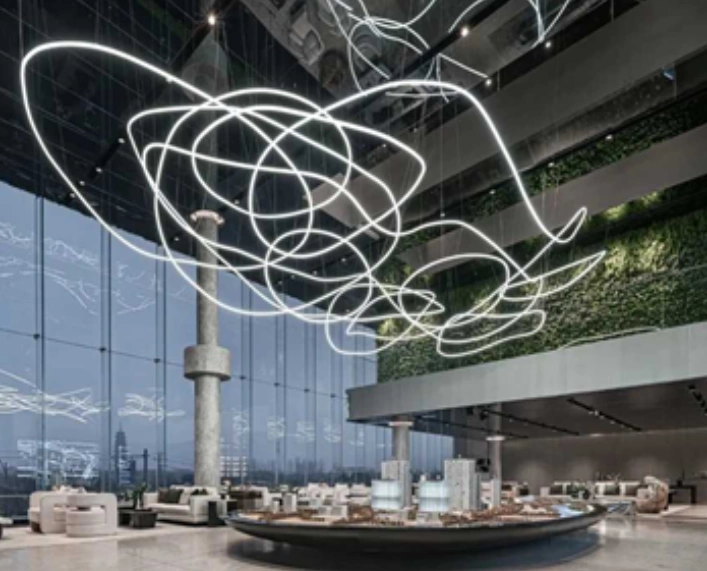
Why You Should Choose USKYLED?
![What is Dimmable Track Lighting for Museum: Best Guide [2025]](/icms/upload/0d08cc601e7611f0b542b3ca0c0f4a83/pic/knowledgemanager-knowledgepic/e7879f32605f11f081911f363b8c1ed0/Directory/20250717 dimmable track lighting -1(1)_1752739217941.webp)
